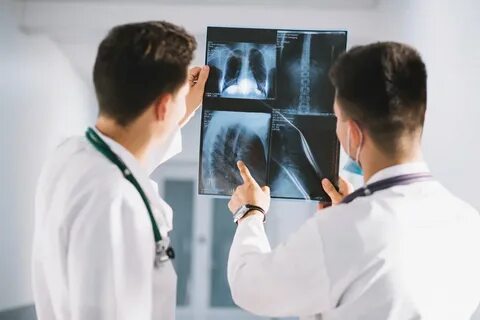Cardiovascular health is paramount in maintaining overall well-being, and advancements in radiology have revolutionized the way we diagnose and treat cardiovascular conditions. In this blog, we’ll delve into the crucial role of radiology in cardiovascular health, focusing on the latest advancements in imaging techniques. Led by Dr. Snehal Suryawanshi at Insight Imaging & Bone, Joint & Spine Clinic in Thergaon, Pune, let’s explore how these advancements are enhancing patient care and outcomes.
Understanding Cardiovascular Health:
Cardiovascular health encompasses the well-being of the heart and blood vessels, playing a vital role in maintaining optimal circulation and organ function. Conditions such as heart disease, stroke, and peripheral artery disease can significantly impact cardiovascular health, leading to serious complications if left untreated.
The Role of Radiology in Cardiovascular Health:
Radiology plays a pivotal role in diagnosing and monitoring cardiovascular conditions, providing detailed insights into the structure and function of the heart and blood vessels. Dr. Snehal Suryawanshi, a highly experienced radiologist in Thergaon, Pune, utilizes advanced imaging techniques to evaluate cardiovascular health and guide treatment decisions.
- CT Angiography (CTA): CT angiography is a non-invasive imaging technique that uses computed tomography (CT) to visualize the blood vessels throughout the body, including the coronary arteries supplying the heart. CTA provides detailed images of the blood vessels, allowing clinicians to identify blockages, aneurysms, and other abnormalities that may affect cardiovascular health.
- Cardiac MRI: Cardiac magnetic resonance imaging (MRI) is a powerful tool for assessing the structure and function of the heart. It provides high-resolution images of the heart chambers, valves, and blood flow, enabling clinicians to diagnose conditions such as heart failure, myocardial infarction, and congenital heart defects with precision.
- Echocardiography: Echocardiography, also known as cardiac ultrasound, uses sound waves to create real-time images of the heart. It allows clinicians to assess heart function, detect abnormalities such as valve defects or cardiac tumors, and monitor the effectiveness of treatment interventions.
Advances in Imaging Techniques:
Recent advancements in imaging technology have revolutionized the field of cardiovascular radiology, providing clinicians with new tools and techniques to improve diagnosis and treatment outcomes. These advancements include:
- 3D Imaging: Three-dimensional imaging techniques, such as 3D CTA and 3D echocardiography, offer enhanced visualization of cardiovascular structures, allowing clinicians to better assess complex anatomy and plan surgical interventions.
- Functional Imaging: Functional imaging techniques, such as myocardial perfusion imaging and cardiac strain imaging, provide valuable information about tissue viability, blood flow, and cardiac function, aiding in the diagnosis and management of cardiovascular conditions.
Summary:
Radiology plays a vital role in cardiovascular health, providing clinicians with essential tools and techniques to diagnose and monitor cardiovascular conditions effectively. Led by Dr. Snehal Suryawanshi at Insight Imaging & Bone, Joint & Spine Clinic in Thergaon, Pune, advanced imaging techniques such as CT angiography, cardiac MRI, and echocardiography are enhancing patient care and outcomes. With continuous advancements in imaging technology, the future of cardiovascular radiology looks promising, promising improved diagnosis, treatment planning, and patient outcomes.




